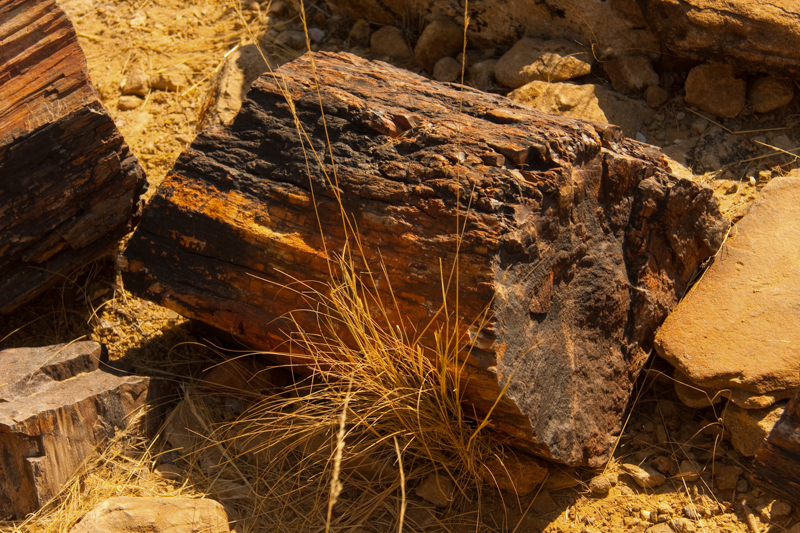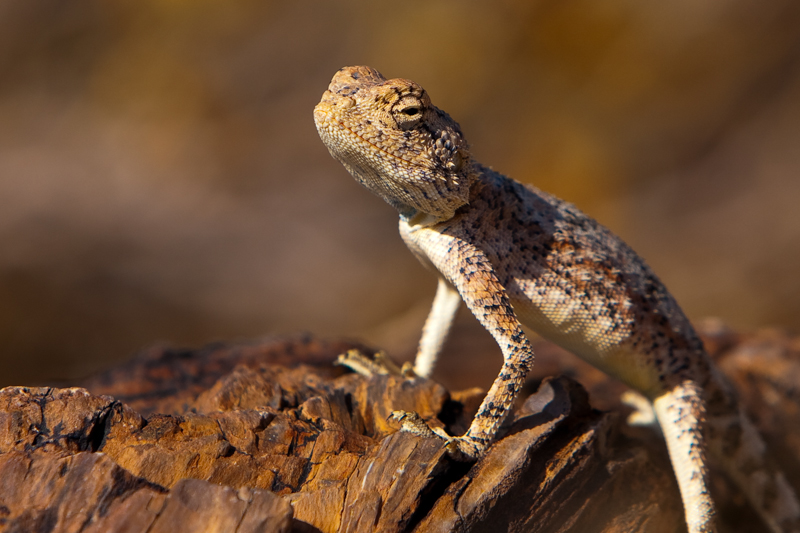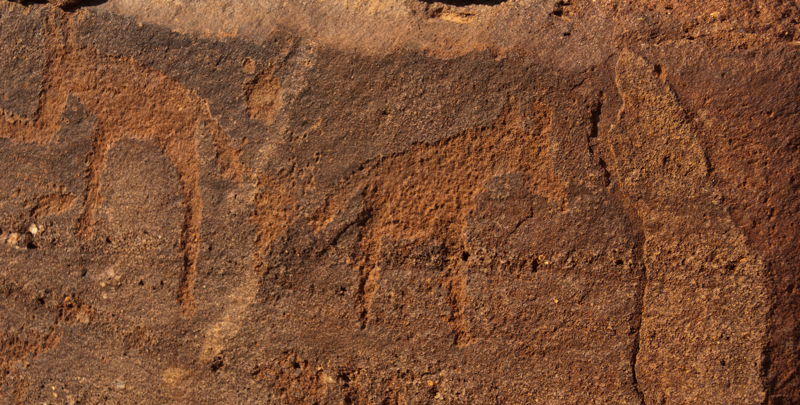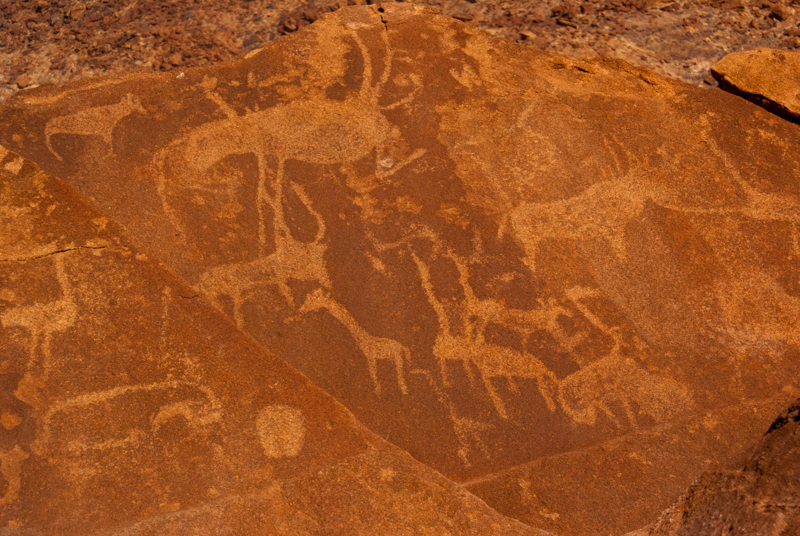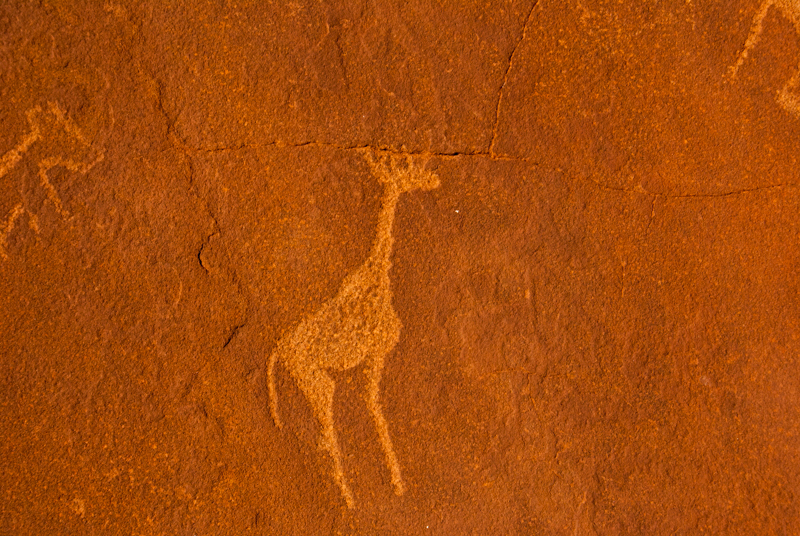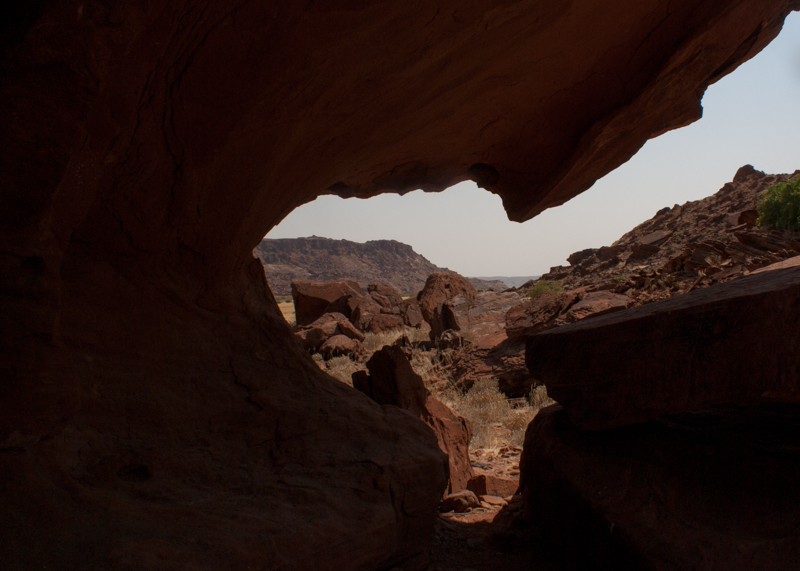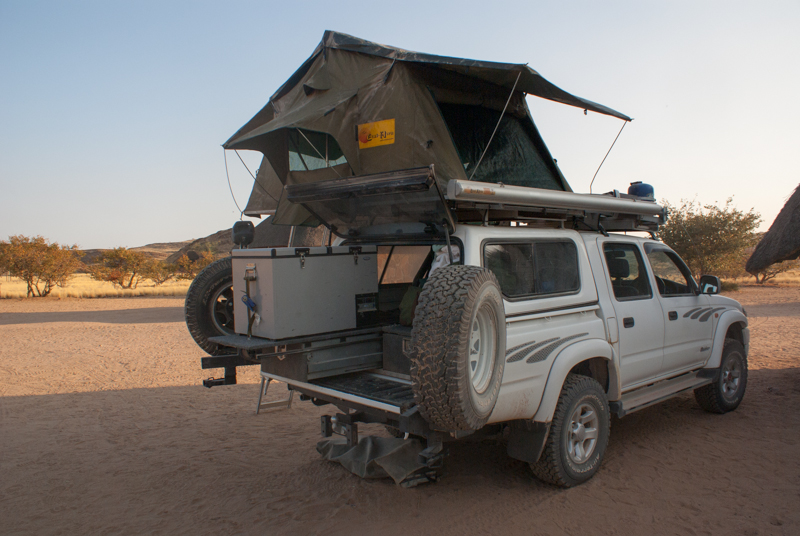The Petrified Forest exists in an old river channel and is described as 'an occurrence of fossilized trees'. It lies 42km west of the small town of Khorixas in the Kunene Region (previously Damaraland) and this prehistoric relic comprises of 'clearly identifiable enormous fossilized tree trunks'.
The title Petrified Forest is a bit of a misnomer. It is neither a forest in the true sense of the word and neither did any of the trees 'turn to stone'. In prehistoric times huge tree trunks were washed down a river and deposited in alluvial sands. As they were isolated from any air, a process known as diagenesis took place and as a result sand that came under pressure through sedimentation turned into sandstone. The tree trunks then underwent another process known as silicification which causes liquids that seep into the wood causes the organic materials of the wood to dissolve and be replaced by silicic acid, fossilizing the wood by transforming it into stone.
This an extremely slow process and the end product is called 'wooden opal' as only the inner parts of the tree trunks became petrified, and an exact replica of every cell of each tree trunk was created. The petrified wood dates back to the Permian period, and about 200,000 years has passed since they first were washed down the ancient rivers.
Erosion has exposed many of the logs that can be seen today and many broken pieced were left lying around in an area of about 65ha. There are at least 2 fully exposed trees that measure up to 45m, even though the trunks are broken into chunks of about 2m.
Officially the Petrified Forest is situated 'on a small sandstone plateau, in extent some 731x272m, or around 20ha in the valley of the Anabib River, 40 miles south-west of Fransfontein in the district of Outjo'. It can be reached by vehicle on the road west between Khorixas and Twyfelfontein.
The Petrified Forest was proclaimed a national monument on 1st March 1950.

